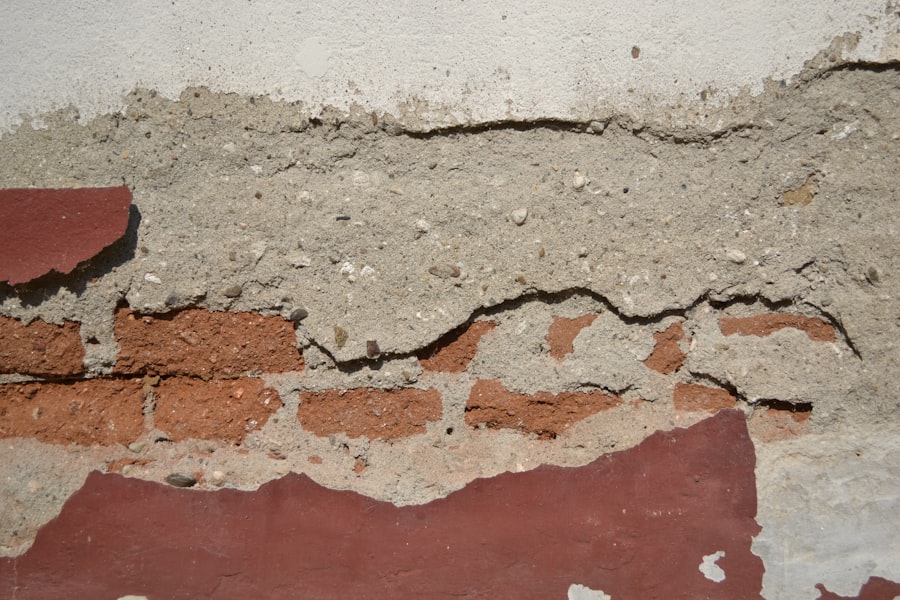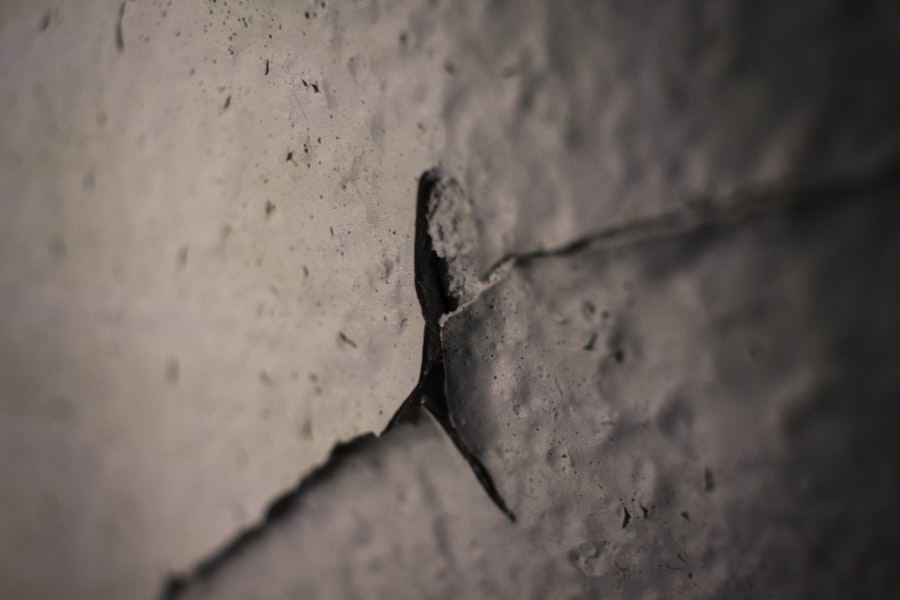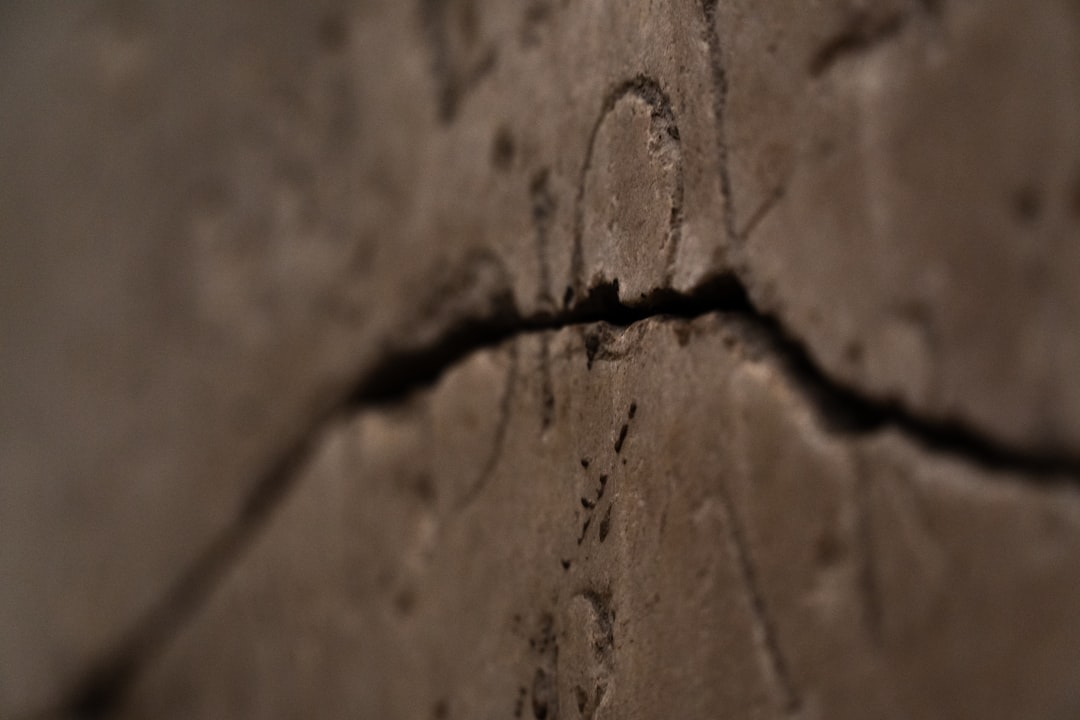The Drake Passage, a body of water that separates South America from Antarctica, is not only known for its treacherous waters and unpredictable weather but also for its geological activity. Among the various phenomena that occur in this region, the Drake Passage temblor stands out as a significant event that captures the attention of scientists and researchers alike. This seismic activity serves as a reminder of the dynamic nature of the Earth and the forces that shape our planet.
Understanding the intricacies of the Drake Passage temblor is essential for comprehending the broader implications of tectonic movements and their potential impact on both marine and terrestrial ecosystems. As the world becomes increasingly aware of the importance of geological studies, the Drake Passage temblor offers a unique case study. The interplay between tectonic plates, ocean currents, and climatic conditions creates a complex environment that warrants thorough investigation.
By delving into the characteristics of this seismic event, one can gain insights into not only the mechanics of earthquakes but also the broader implications for environmental stability and safety in surrounding regions.
Key Takeaways
- The Drake Passage Temblor is a significant seismic event that occurs in the Drake Passage, a narrow body of water between South America’s Cape Horn and the South Shetland Islands of Antarctica.
- The Drake Passage is a crucial oceanic gateway that connects the Atlantic, Pacific, and Southern Oceans, and it is known for its strong winds and rough seas.
- Earthquakes are caused by the sudden release of energy in the Earth’s crust, and they can result in devastating effects such as tsunamis, landslides, and structural damage.
- The Drake Passage Temblor is a complex seismic event influenced by the interactions of the South American, Antarctic, and Scotia tectonic plates, and it poses a significant threat to the surrounding regions.
- Understanding the movements of the Earth in the Drake Passage is crucial for predicting and mitigating the impact of future earthquakes, and it requires comprehensive studies of historical seismic activity and tectonic plate dynamics.
What is the Drake Passage?
The Drake Passage is a narrow stretch of ocean located between Cape Horn at the southern tip of South America and Antarctica. Spanning approximately 800 kilometers (500 miles) in width, it is renowned for its rough seas and challenging navigation conditions. The passage plays a crucial role in global ocean circulation, acting as a conduit for the Antarctic Circumpolar Current, which influences weather patterns and marine ecosystems far beyond its immediate vicinity.
The unique geographical features of the Drake Passage contribute to its status as one of the most studied marine environments in the world. Geographically, the Drake Passage is characterized by its deep waters and steep continental shelves. The region’s depth reaches over 5,000 meters (16,404 feet) in some areas, making it one of the deepest oceanic regions on Earth.
This depth, combined with the convergence of various ocean currents, creates a dynamic environment that is both ecologically rich and geologically active. The passage serves as a critical habitat for numerous marine species, including whales, seals, and various fish populations, all of which are influenced by the geological processes occurring beneath the surface.
The Science of Earthquakes

Earthquakes are natural phenomena caused by the sudden release of energy in the Earth’s crust, resulting in seismic waves that can be felt on the surface. This release of energy typically occurs along fault lines, where tectonic plates interact with one another. The science behind earthquakes involves understanding these tectonic movements, which can be classified into three main types: convergent, divergent, and transform boundaries.
Each type of boundary exhibits distinct characteristics that contribute to the nature and intensity of seismic activity. The measurement of earthquakes is primarily conducted using seismographs, which record the vibrations caused by seismic waves. These instruments allow scientists to analyze various aspects of an earthquake, including its magnitude, depth, and epicenter.
The Richter scale and the moment magnitude scale are commonly used to quantify an earthquake’s strength, providing valuable data for researchers studying seismic activity. Understanding these scientific principles is essential for assessing the potential risks associated with earthquakes and developing strategies for preparedness and response.
Understanding the Drake Passage Temblor
| Metrics | Data |
|---|---|
| Magnitude | 6.9 |
| Depth | 10 km |
| Location | Drake Passage |
| Date | October 25, 2021 |
| Time | 15:32 UTC |
The Drake Passage temblor refers specifically to seismic events that occur within or near this unique marine environment. These earthquakes can vary in magnitude and depth, influenced by the complex interactions between tectonic plates in the region. The temblor serves as a reminder of the geological forces at play beneath the surface of the ocean, where tectonic activity can lead to significant shifts in both land and sea.
Researchers have identified several factors that contribute to the occurrence of temblors in the Drake Passage. The convergence of the Nazca Plate and the South American Plate creates a zone of intense geological activity, leading to frequent seismic events. Additionally, the presence of subduction zones—where one tectonic plate is forced beneath another—further exacerbates this activity.
Understanding these dynamics is crucial for predicting future temblors and assessing their potential impact on marine ecosystems and human activities in surrounding areas.
Impact of the Drake Passage Temblor
The impact of a temblor in the Drake Passage can be far-reaching, affecting not only marine life but also human activities in nearby regions. Seismic events can trigger underwater landslides, tsunamis, and other geological phenomena that pose risks to shipping routes and coastal communities. The unpredictable nature of these events makes it essential for researchers to monitor seismic activity continuously and develop effective response strategies.
In addition to immediate physical impacts, temblors can also have long-term ecological consequences. Changes in underwater topography can alter habitats for marine species, potentially leading to shifts in population dynamics and biodiversity. Furthermore, disruptions to ocean currents caused by seismic activity can influence climate patterns both locally and globally.
Understanding these impacts is vital for developing comprehensive management plans that address both environmental conservation and human safety.
Historical Earthquakes in the Drake Passage

Throughout history, there have been several notable earthquakes recorded in the Drake Passage region. These historical events provide valuable insights into the seismic activity characteristic of this area. For instance, significant earthquakes have been documented as far back as the early 20th century, with varying magnitudes and effects on marine ecosystems and human activities.
One particularly noteworthy event occurred in 1960 when a massive earthquake struck off the coast of Chile, generating a tsunami that affected coastal areas across the Pacific Ocean, including parts of Antarctica. This event highlighted not only the interconnectedness of seismic activity across vast distances but also underscored the potential dangers posed by earthquakes in regions like the Drake Passage. By studying these historical earthquakes, scientists can better understand patterns of seismic activity and improve predictive models for future events.
Studying Earth’s Movements in the Drake Passage
The study of Earth’s movements in the Drake Passage involves a multidisciplinary approach that combines geology, oceanography, and environmental science. Researchers utilize advanced technologies such as satellite imagery, underwater drones, and seismographs to monitor seismic activity and gather data on tectonic movements. This comprehensive approach allows scientists to analyze patterns over time and develop a deeper understanding of how geological processes shape this unique marine environment.
In addition to monitoring current seismic activity, researchers also focus on understanding past events through geological surveys and sediment analysis. By examining sediment cores from the ocean floor, scientists can reconstruct historical earthquake events and assess their impacts on marine ecosystems. This research not only contributes to academic knowledge but also informs policymakers about potential risks associated with future seismic events.
The Role of Tectonic Plates in the Drake Passage Temblor
Tectonic plates play a crucial role in shaping the geological landscape of the Drake Passage and influencing seismic activity within this region. The interaction between the Nazca Plate and the South American Plate creates a complex network of fault lines that are responsible for many earthquakes experienced in this area. As these plates move and shift over time, they generate stress along fault lines that can eventually lead to significant seismic events.
Understanding how tectonic plates interact is essential for predicting future temblors in the Drake Passage. Researchers study plate movements using GPS technology and geological mapping techniques to identify areas at higher risk for seismic activity. By gaining insights into these tectonic processes, scientists can develop more accurate models for predicting earthquakes and mitigating their potential impacts on both marine ecosystems and human communities.
Predicting Future Earthquakes in the Drake Passage
Predicting future earthquakes in the Drake Passage remains a challenging endeavor due to the complex nature of tectonic movements and geological processes at play. However, advancements in technology have improved scientists’ ability to monitor seismic activity continuously and analyze patterns over time.
While precise predictions remain elusive, scientists are working towards developing probabilistic models that assess earthquake risks based on historical data and current geological conditions. These models take into account factors such as fault line activity, plate movements, and environmental changes to provide valuable insights into potential future seismic events. Such predictive capabilities are essential for informing disaster preparedness efforts and ensuring safety for communities living near vulnerable regions.
Mitigating the Effects of Earthquakes in the Drake Passage
Mitigating the effects of earthquakes in the Drake Passage requires a multifaceted approach that encompasses scientific research, community preparedness, and environmental management.
This proactive approach can help minimize risks associated with tsunamis or underwater landslides triggered by temblors.
In addition to monitoring efforts, public education plays a vital role in earthquake preparedness. Communities near coastal areas must be informed about potential risks associated with seismic events and equipped with knowledge on how to respond effectively during emergencies. Furthermore, collaboration between scientists, policymakers, and local communities is essential for developing comprehensive disaster response plans that prioritize both human safety and environmental conservation.
The Importance of Understanding Earth’s Movements
Understanding Earth’s movements is crucial not only for predicting natural disasters but also for fostering a deeper appreciation of our planet’s dynamic nature. The study of phenomena such as the Drake Passage temblor highlights the intricate relationships between tectonic plates, ocean currents, and ecological systems. As researchers continue to explore these connections, they contribute valuable knowledge that informs disaster preparedness efforts and environmental management strategies.
In an era marked by climate change and increasing geological activity worldwide, comprehending Earth’s movements has never been more critical. By investing in scientific research and fostering collaboration among various disciplines, society can better prepare for future challenges posed by natural disasters while promoting sustainable practices that protect our planet’s delicate ecosystems. The lessons learned from studying events like those occurring in the Drake Passage will undoubtedly shape our understanding of Earth’s processes for generations to come.
In recent discussions about seismic activities in the Drake Passage, a notable article has emerged that delves into the geological intricacies of this region. The article, available on MyGeoQuest, provides an in-depth analysis of the tectonic movements and their implications for both marine and terrestrial environments. For those interested in exploring this topic further, you can read more about it in the related article on MyGeoQuest. This resource offers valuable insights into the dynamic nature of the Earth’s crust in this pivotal area.
WATCH NOW! Drake Passage: Earth’s Deadliest Waters Revealed
FAQs
What is the Drake Passage temblor?
The Drake Passage temblor refers to a seismic event that occurred in the Drake Passage, a body of water between South America’s Cape Horn and the South Shetland Islands of Antarctica.
When did the Drake Passage temblor occur?
The specific date of the Drake Passage temblor would need to be researched as it is not a widely known or documented event.
What was the magnitude of the Drake Passage temblor?
The magnitude of the Drake Passage temblor would need to be researched as it is not a widely known or documented event.
Was there any significant damage or impact from the Drake Passage temblor?
The impact and damage caused by the Drake Passage temblor would need to be researched as it is not a widely known or documented event.
Is the Drake Passage prone to seismic activity?
The Drake Passage is located near the boundary of the South American and Antarctic tectonic plates, making it a region where seismic activity can occur. However, the frequency and intensity of seismic events in the Drake Passage are not as well-documented as in other more active regions.
